The pace of innovation and changing consumer preferences means that even seemingly commonplace products can fade from our lives with surprising speed. What was a familiar sight on store shelves or in our homes just a decade or two ago can now feel like a relic of the past. These disappearances often occur so gradually that we might not even realize an item is gone until we actively look for it or stumble upon an old memory. The products on this list, once considered everyday staples by many, have largely vanished from the mainstream since 2010.
1. Standalone GPS Devices
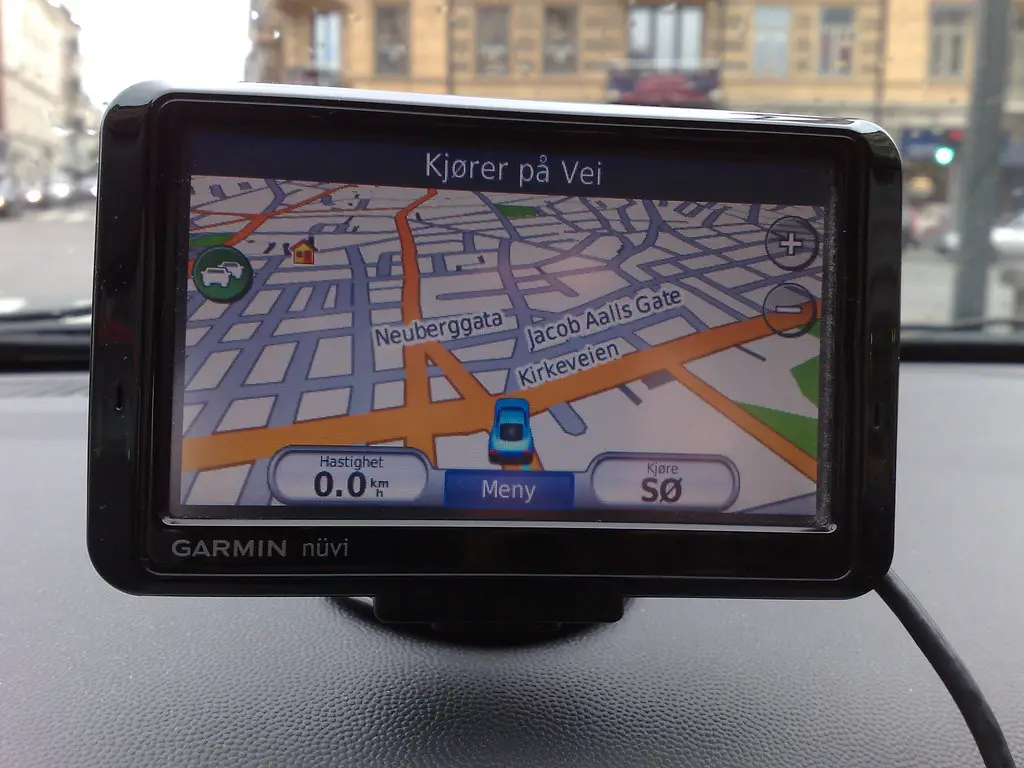
Before smartphones became ubiquitous with their integrated navigation apps, standalone GPS devices were a must-have for anyone needing directions. Companies like Garmin and TomTom offered dedicated devices that excelled at providing turn-by-turn guidance. These gadgets were a significant investment for drivers and a common sight mounted on dashboards.
However, as smartphone technology advanced and navigation apps like Google Maps and Waze became standard and free, the need for a separate GPS unit diminished rapidly, reports WIRED. The convenience of having navigation integrated into a device most people already owned led to a sharp decline in the popularity and availability of standalone GPS devices after 2010.
2. Flip Video Cameras
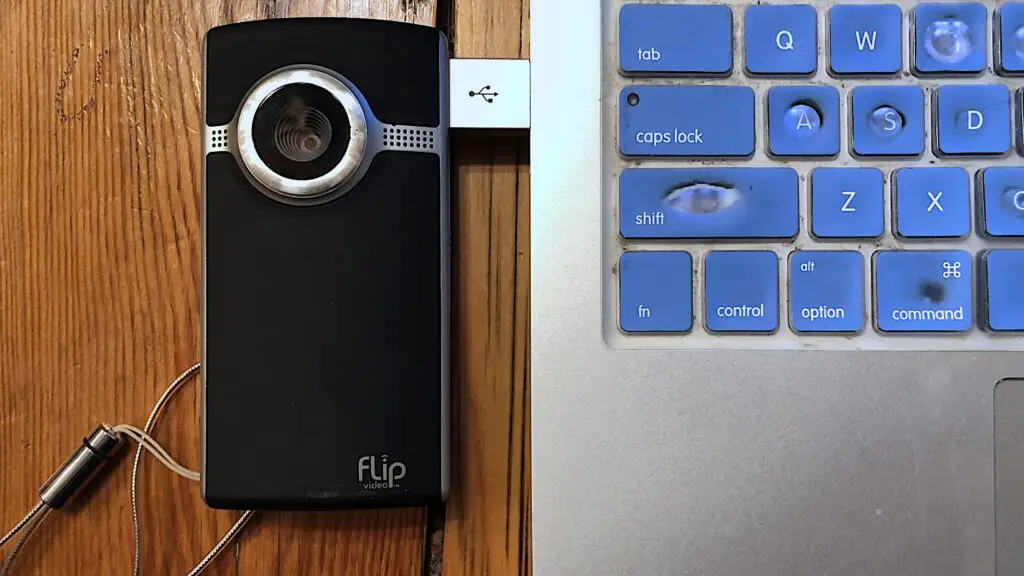
The Flip Video camera was a revolutionary product that simplified the process of recording and sharing videos. Its small size, ease of use, and direct USB connectivity made it incredibly popular for capturing spontaneous moments. For a brief period, it was a leading gadget for amateur videographers.
However, the rise of high-quality video recording capabilities in smartphones proved to be the Flip’s undoing, says PetaPixel. By the early 2010s, most smartphones could record video that rivaled the Flip’s quality, eliminating the need for a separate device. Cisco, who had acquired Flip, ultimately discontinued the product line in 2011.
3. Portable DVD Players
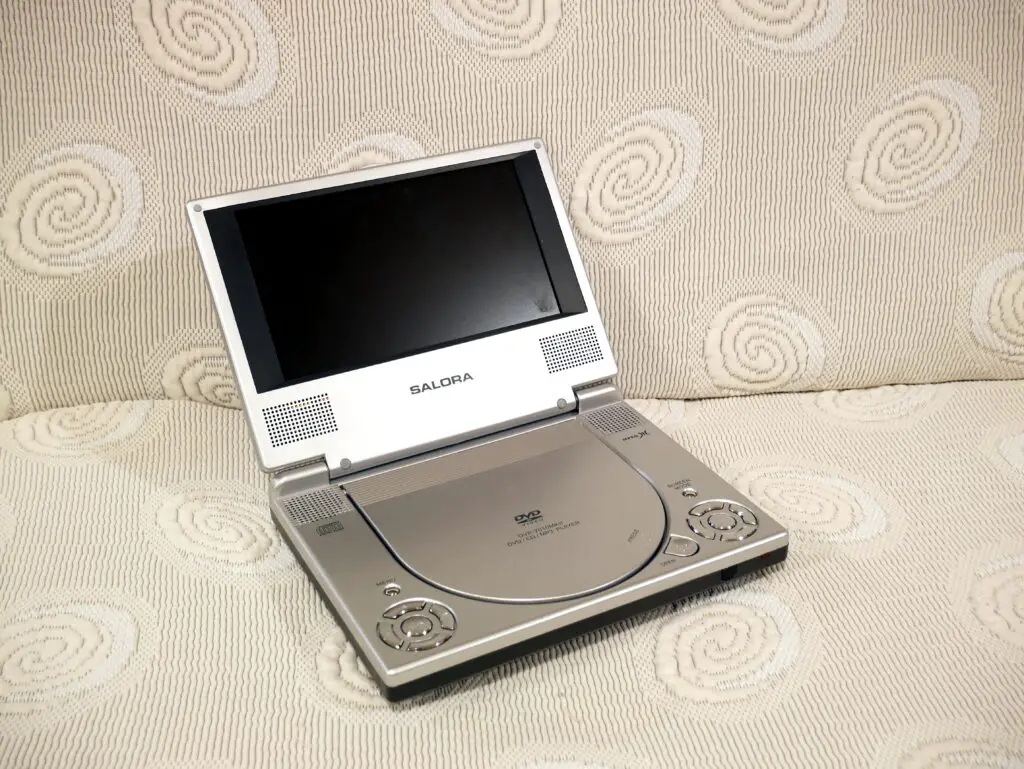
Portable DVD players were a popular way to watch movies on the go, especially during long car rides or flights. They offered a dedicated screen and the ability to play physical DVD discs. For families and travelers, they were a key source of entertainment.
The increasing prevalence of tablets and smartphones with access to streaming services led to the decline of portable DVD players, says ABC News. These multi-purpose devices offered larger screens, a wider variety of content, and eliminated the need to carry physical discs, making the dedicated DVD player largely obsolete.
4. Dedicated MP3 Players (iPods Excepted)
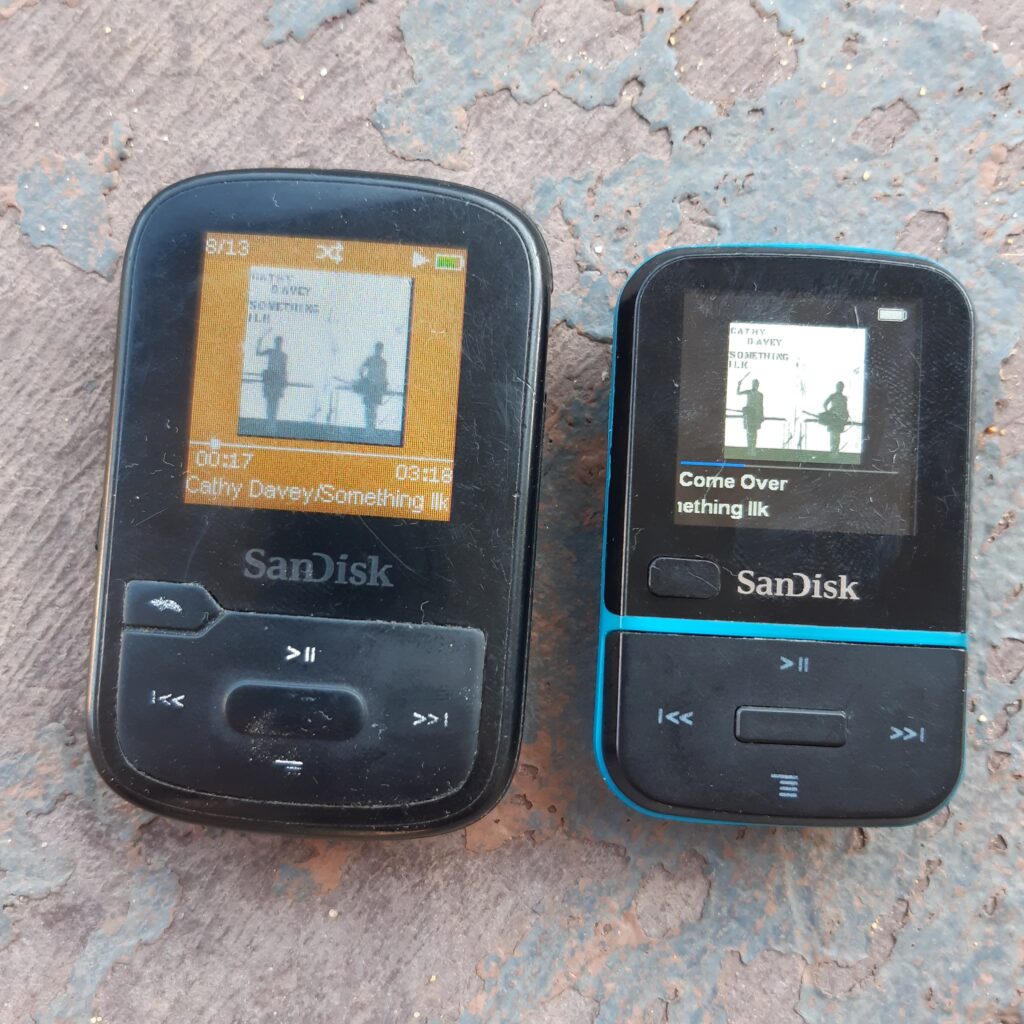
While the iPod brand still exists in a limited form, the broader category of dedicated MP3 players has largely faded away. Devices from companies like SanDisk, Creative, and Sony once dominated the market for portable music. They offered a focused experience for listening to digital music libraries.
According to NPR, the rise of smartphones, which integrated music playback along with numerous other functions, made carrying a separate MP3 player redundant for most consumers. The convenience of having all media on one device led to a significant decline in the sales and availability of dedicated MP3 players outside of Apple’s ecosystem.
5. Netbooks
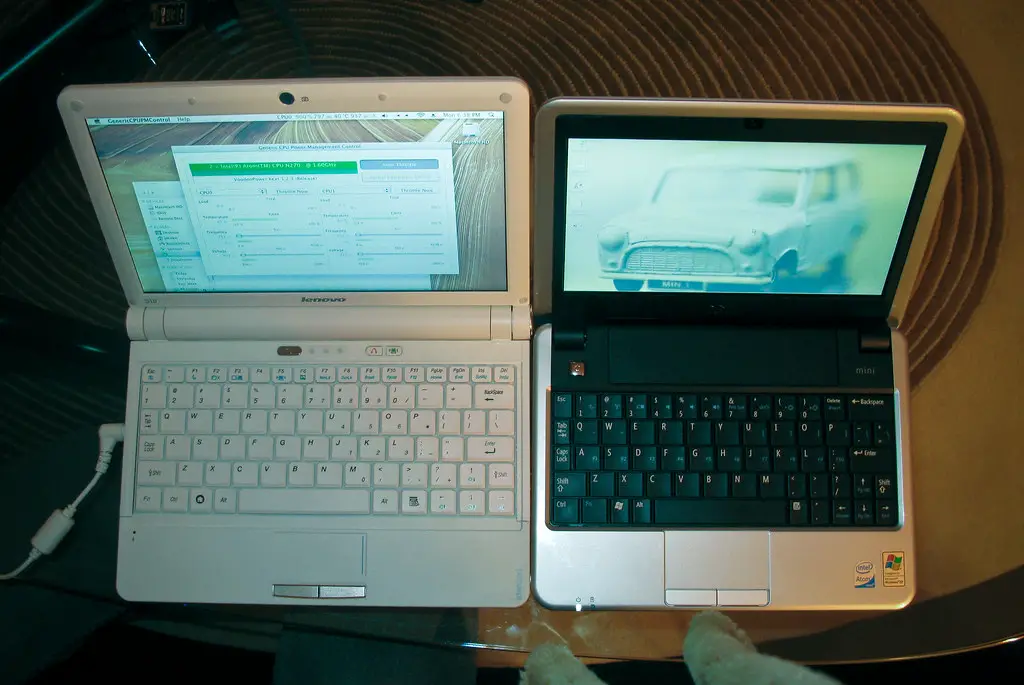
Netbooks were small, low-cost laptops that gained popularity in the late 2000s as a portable alternative to larger, more expensive laptops. They were primarily used for basic tasks like web browsing and email. Their compact size and affordability made them appealing to students and budget-conscious consumers.
However, the emergence of tablets, particularly the iPad in 2010, offered a similar level of portability and ease of use for many common tasks, often with a more intuitive interface and longer battery life. As tablets became more affordable and powerful, the demand for netbooks dwindled, and they largely disappeared from the market.
6. Feature Phones (Non-Smartphones)
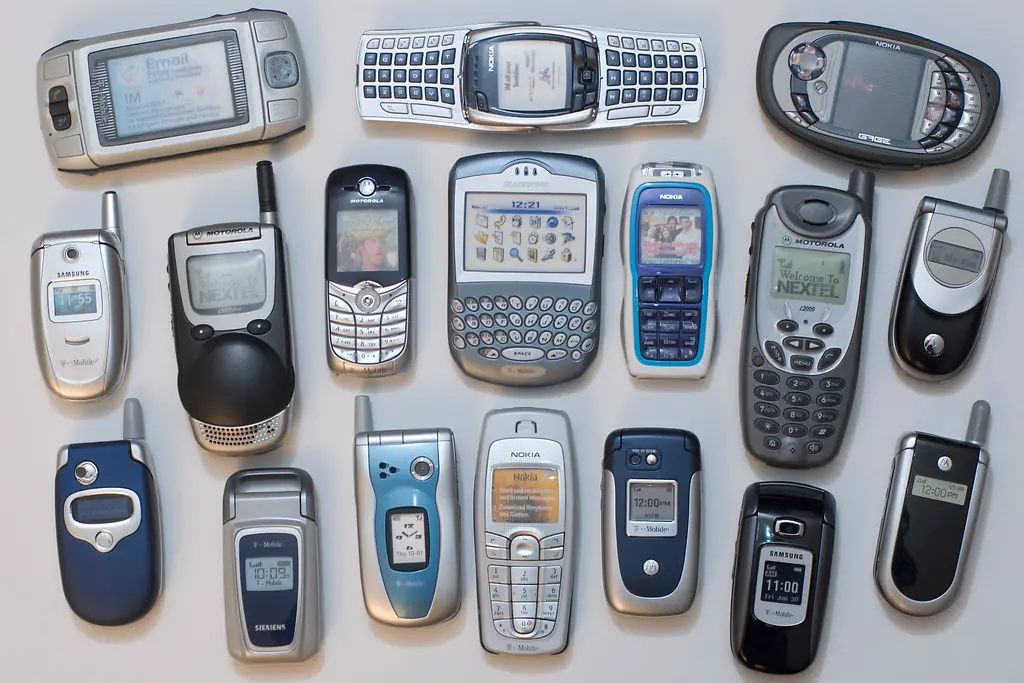
Before the widespread adoption of smartphones, feature phones were the dominant type of mobile phone. They offered basic functionalities like calling and texting, sometimes with limited internet access or simple apps. Brands like Nokia and BlackBerry were major players in this market.
The introduction and rapid advancement of smartphones, with their large touchscreens, app ecosystems, and full internet access, revolutionized mobile communication. While feature phones still exist in niche markets, they have largely been replaced by smartphones as the everyday mobile device for the majority of consumers.
7. Paper Maps and Atlases

For generations, paper maps and road atlases were essential tools for navigation. Before the advent of digital mapping, drivers relied on these physical guides to plan routes and find their way. They were a common sight in glove compartments and on road trips.
The accuracy and real-time updates offered by digital navigation apps on smartphones and in-car systems have made paper maps largely obsolete for everyday use. While some may still keep them as backups, their prominence as a primary navigation tool has significantly diminished.
8. Physical Phone Books

Phone books, massive directories listing phone numbers for individuals and businesses, were once a staple in every household. They were the primary way to find contact information before the internet became widely accessible.
Online search engines and digital directories have replaced the need for bulky physical phone books. Finding a phone number is now a quick online search, making the once-essential phone book a largely forgotten item.
9. Standalone Digital Cameras (Point-and-Shoot)
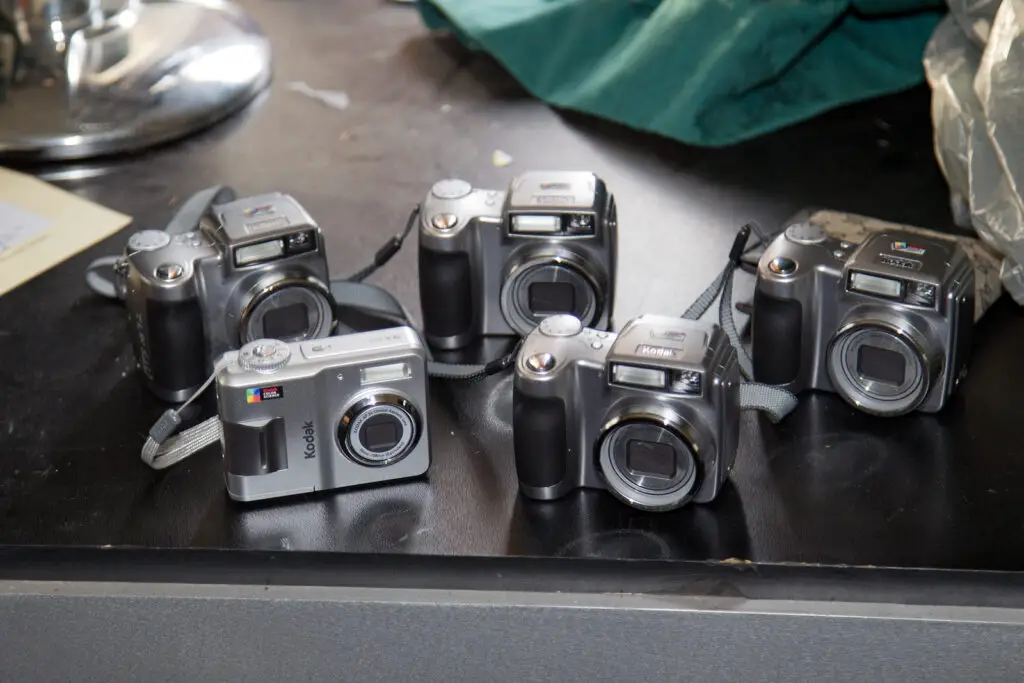
Point-and-shoot digital cameras were a popular choice for casual photographers before the rise of smartphone cameras. They offered better image quality and more features than early mobile phone cameras.
The continuous improvement in smartphone camera technology has significantly impacted the market for standalone point-and-shoot cameras. For everyday snapshots, most people now rely on their phones, leading to a decline in the popularity of basic digital cameras.
10. Portable Gaming Consoles (Non-Nintendo/Sony)
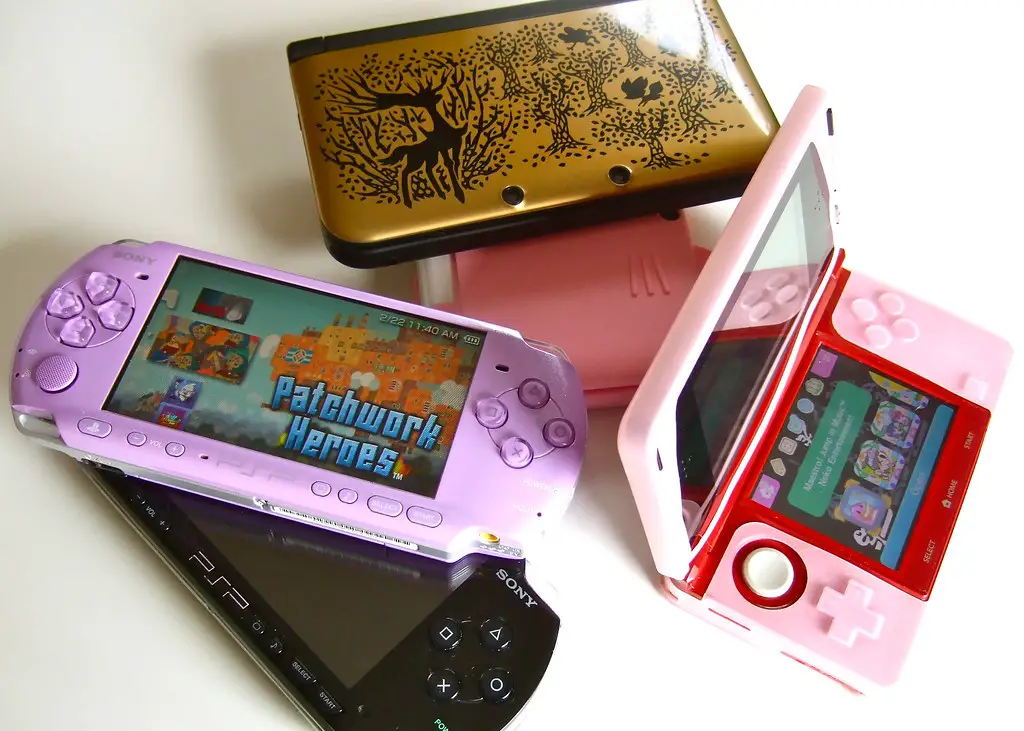
While Nintendo’s and Sony’s handheld gaming consoles have maintained a presence, many other portable gaming devices from the early 2000s and before have disappeared. Brands like Nokia (N-Gage) and dedicated handhelds from other manufacturers have faded away.
The rise of mobile gaming on smartphones and the dominance of Nintendo and Sony in the dedicated handheld market have made it difficult for other players to compete. The convenience of playing games on a device people already own has also contributed to the decline of these other portable consoles.
11. Pagers/Beepers
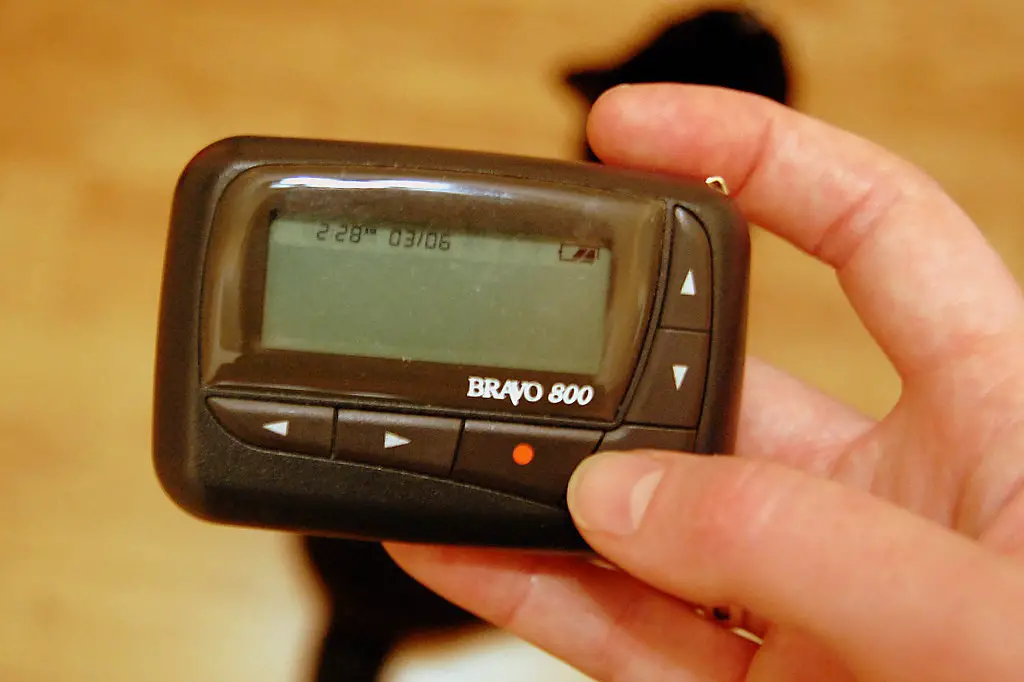
Pagers, also known as beepers, were once a common way to stay connected, particularly for professionals on call. They provided a simple notification system.
The widespread adoption of mobile phones, which offer two-way communication and far more features, rendered pagers largely obsolete for most people. While they still see limited use in some specific industries, they are no longer an everyday communication tool.
12. Traditional Answering Machines
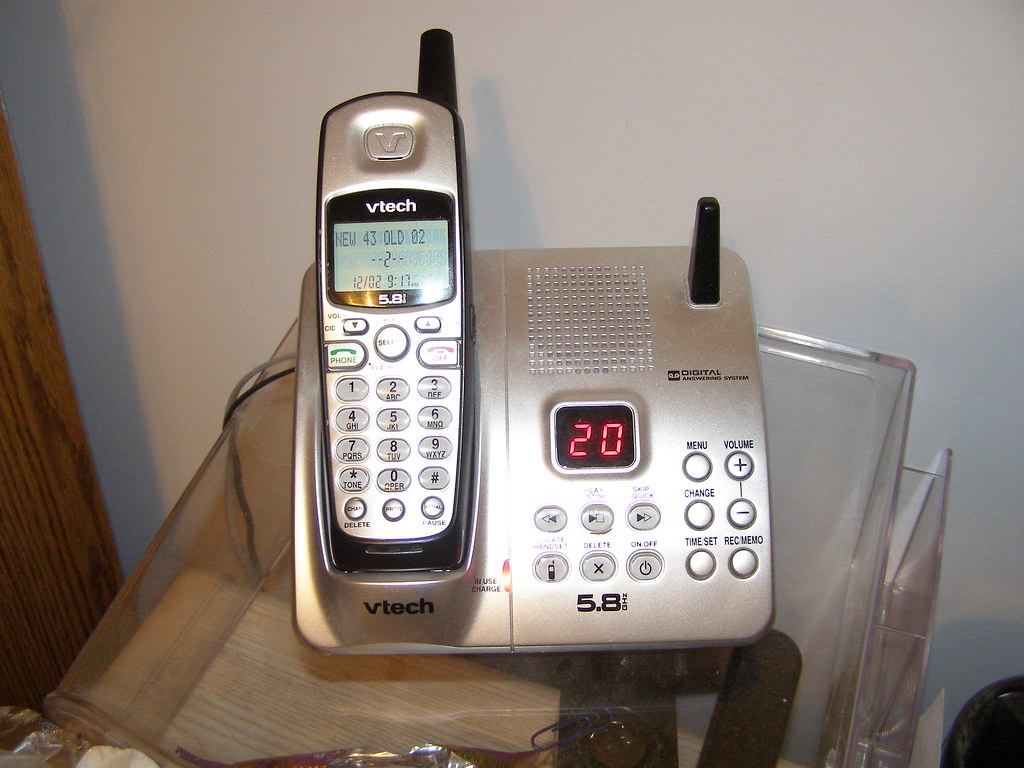
Answering machines, which recorded incoming phone messages when people were unavailable, were a standard home communication device for decades.
Voicemail services offered by phone companies and the prevalence of smartphones with built-in voicemail have replaced the need for a separate answering machine. These integrated systems offer more convenience and features, leading to the decline of the traditional answering machine.
13. Physical Address Books

Before the digital age, people relied on physical address books to store contact information for friends, family, and acquaintances. These books were often handwritten and carried a personal touch.
Contact management apps on smartphones and computers have largely replaced physical address books. The ease of searching, updating, and syncing contacts digitally has made the handwritten address book a nostalgic item for most.
14. Rolodexes

Rolodexes, rotary card files used to store business contact information, were a common sight on office desks for decades. They offered a quick and organized way to access physical contact cards.
Digital contact management systems and CRM software have replaced the need for physical Rolodexes in most office environments. The ease of searching, sorting, and managing contacts digitally has made the Rolodex a largely obsolete tool.
15. Physical Encyclopedias

Sets of physical encyclopedias were once a staple in many homes, representing a comprehensive source of general knowledge. They were often seen as essential educational tools.
The advent of the internet and online encyclopedias like Wikipedia have made vast amounts of information readily accessible and constantly updated, rendering bulky physical encyclopedias largely unnecessary for everyday information seeking.
